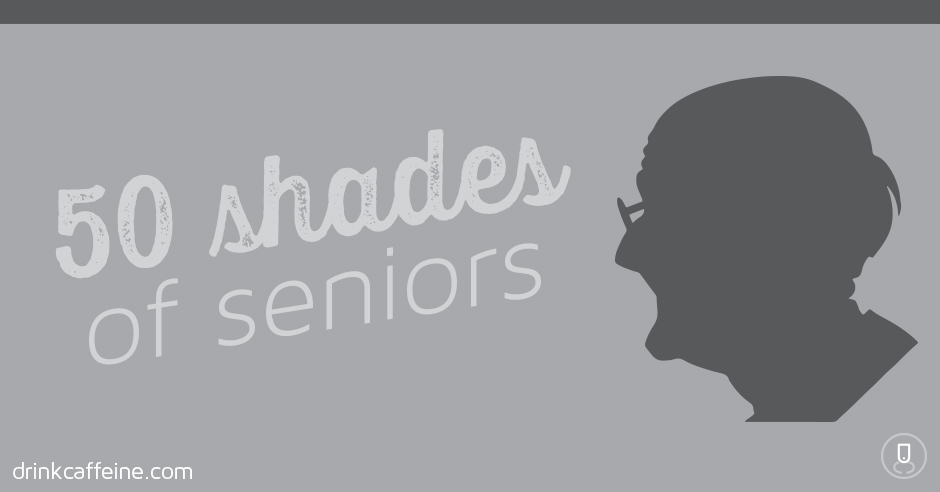
50 shades of gray
The “Silver Tsunami” impact on health care is well documented – as is the fact that more than 75% of wealth in the US and the UK is owned by people age 65+ (globalchange.com).
So why don’t healthcare marketers of senior-targeted services – home health, assisted living, and even skilled nursing facilities – do a better job of identifying with older consumers as individuals?
People age 65+ control significant wealth, yet are often treated as a long, gray, frail, homogenous cohort because society tends to “disappear” older people as consumers. Marketers shouldn’t make the same mistake.
Applying persona development to the senior sector
Healthcare marketers who are interested in segmenting and attracting seniors should apply the same criteria that would be at work in any effort to identify buying personas.
The essence of this type of research involves going beyond demographic data and drilling into psychographic states that reveal attitudes, fears, hopes, obstacles, and perceptions.
Just because a person is over 65 doesn’t mean they stop being an individual – and the point of persona development is to create individual profiles that serve as archetypal characters for marketers to focus content around.
How to address the issue
There are many ways to approach persona development, but here’s an overview of some pointers that have worked for us.
Start with the data you have. The first goal is to create some buckets – catch basins of people who share a set of common characteristics such as age, ethnicity, HHI, and geography. And don’t forget education: Just because someone is 65+ doesn’t mean their education is irrelevant to their identity.
Overlay demographic criteria with health criteria. There’s a relationship between a person’s health and their mindset, attitudes, and perceptions. People with serious health issues cannot be treated the same as those without. So if possible, develop your personas by cross-segmenting them in terms of their demographic data and their physical and mental health.
Don’t be afraid to conduct research online. The misperception that older Americans don’t rely on the internet is not only untrue; it becomes more untrue every day. Consider online focus group testing, in which recruited participants visit an online chat environment 2-3 times during a week, answering questions, responding to moderator probes, and interacting with each other’s thoughts.
NOTE: Sample sizes for online FGs can scale up to 100+ people, so you get a lot of data, which increases the confidence you have in your conclusions about personas.
Don’t stop acquiring and analyzing data. The hard truth for healthcare marketers in eldercare services is that your customer base is closer to the end of life than the beginning. Their health will decline and so will their ability to process and participate in marketing content. So you’ll need to keep segmenting to monitor how personas are shifting over time.
Sound daunting? Not with the right partner.


